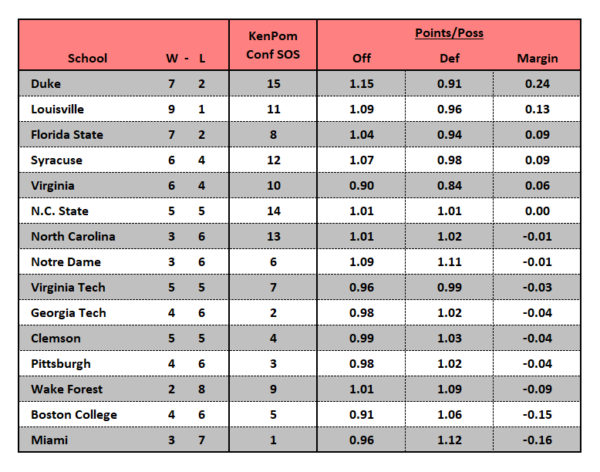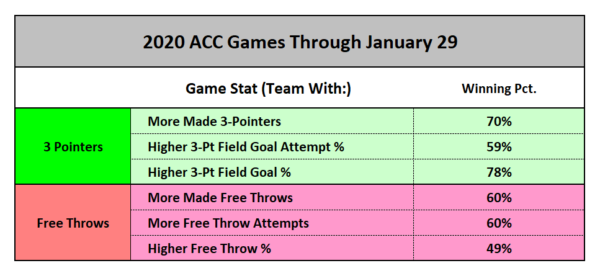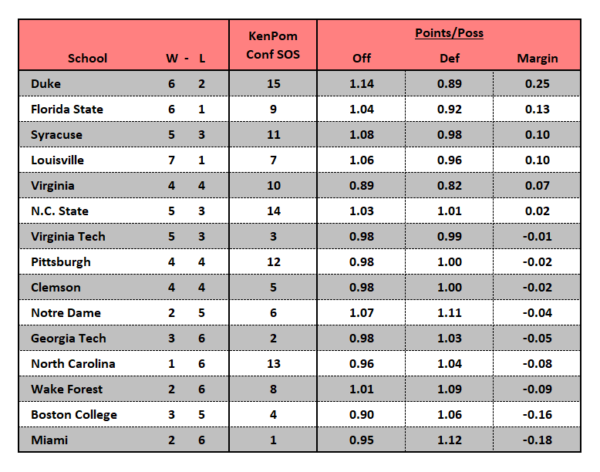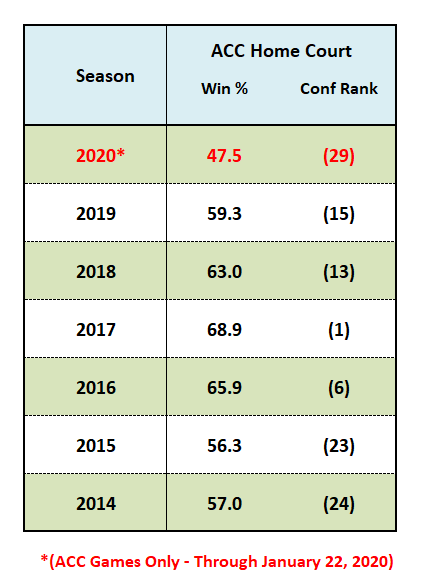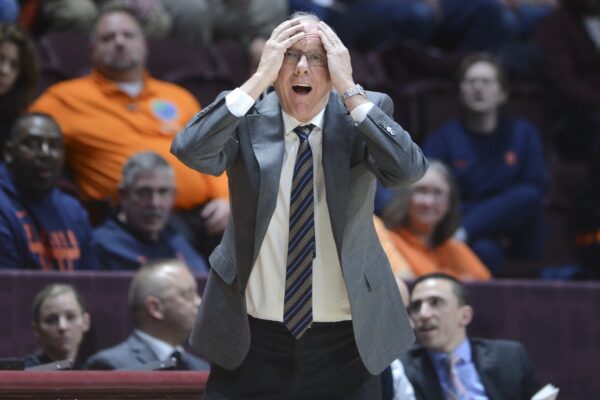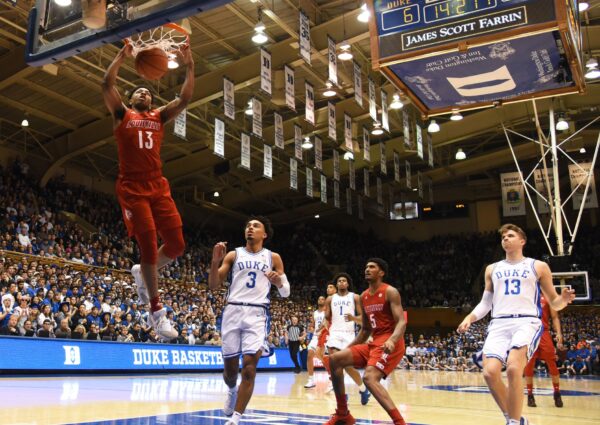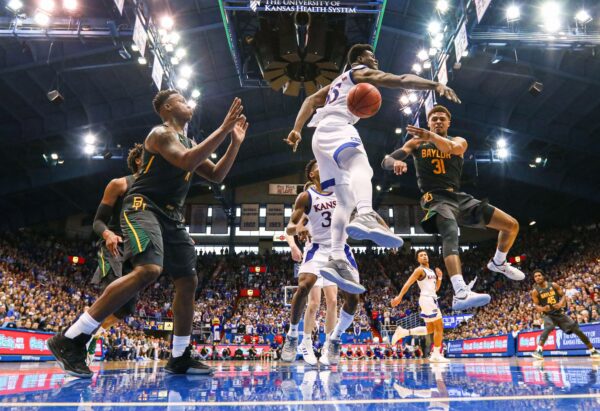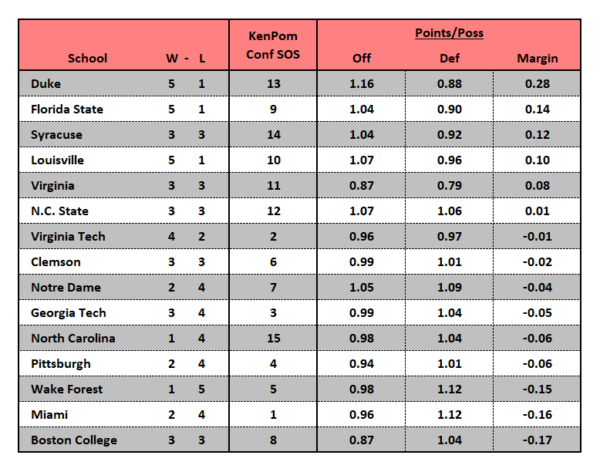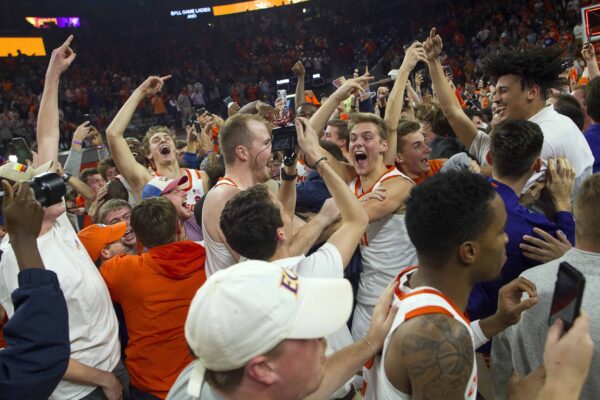Big East Bubble Watch: Volume I
Posted by Justin Kundrat & Brad Cavallaro on February 10th, 2020We’re finally working our way into the heart of February. College football is over, the Super Bowl is over, and as these other attention-grabbing sports fade into the rear-view, college basketball embraces its time in the spotlight. We still have a solid five weeks of play before the NCAA Tournament tips off on March 17, but the bracket is already taking form. Below is Rush the Court’s first evaluation of the Big East. All figures below are from WarrenNolan.com.
Locks

Seton Hall: 18-5 (10-1); NET: 12; SOS: 20
Villanova: 17-6 (7-4); NET: 18; SOS: 2
- Analysis: Some other sites have been cautious to call these two teams locks, but I can’t conceive a scenario where neither makes it. Both are shaping up to be seeded in the #3-#5 range, with incremental wins at this point serving to move the dial upward and ideally provide a favorable location draw. In spite of Villanova’s recent three-game skid, the Wildcats still boast a NET ranking of #18 with five Q1 wins. The concern for Jay Wright is less about seeding and more so fixing its short rotation and ailing post defense. Seton Hall meanwhile has seen a number of its secondary players emerge at just the right time. Romaro Gill‘s offensive play has stalled, but the likes of Sandro Mamukelashvili and Jared Rhoden are helping to soften a recent Myles Powell shooting slump.
Should Be In
Butler: 18-6 (6-5); NET: 10; SOS: 46.
- Analysis: Butler is closer to “Lock” status than “Not Quite There,” but after a sizzling 15-1 start, the Bulldogs have only won just three of their last eight games. In those eight contests, the defense has given up 1.12 points per possession, as opponents are scoring both at the rim and around the perimeter. This is a concern for a team with a methodical approach that, in the beginning half of the season, used defensive stops to power its offense. Still, none of the trio of losses are necessarily bad — Butler is still 12-6 in Q1/Q2 games and has no losses in the Q3/Q4 territory. Consider this team safe, in general.
Creighton: 17-6 (7-4); NET: 22; SOS: 31.
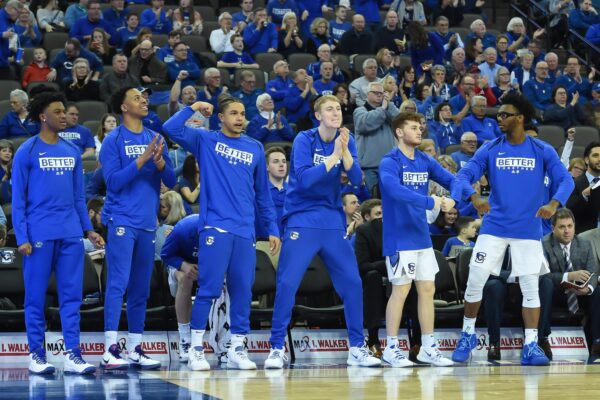
- Analysis: The bracket aggregation site BracketMatrix lists Creighton’s average seed as a 5.08. With a 6-6 record in Q1 games and unblemished beyond that, the Bluejays look every part a Tournament team. Their defense, given a lack of size and inability to win the rebounding battle, is concerning, but a 7-4 conference record is propelled by a remarkably efficient offense (7th nationally). The remaining schedule offers more opportunities for quality wins, which can further improve their seeding, but the other benefit is that there are not many opportunities for bad losses either. Consider Creighton close — maybe a week or two away from being a lock.
Marquette: 17-6 (7-4); NET: 24; SOS: 10.
- Analysis: Marquette has an eerily similar profile to Creighton in many ways. The Golden Eagles also have six Q1 wins, no bad losses, and a 7-4 Big East record. The notable part about this group is their much improved defense, with a range of long wing players and an improving front line in tow. They are currently slotted as a #6/#7 seed in most brackets, which should further improve once adjusted for Sunday’s home win over Butler. There is some margin for error here, so a few bad losses won’t put them out of the picture, but it’s too early to say definitively. Like Creighton, this team is almost to the point of playing for seeding.






























